There’s something bittersweet about looking back on household items that used to be so commonplace, only to realize they’ve disappeared for good. Sometimes it’s because they were too dangerous or out of touch with modern safety standards. Other times, changing regulations or improved technology quietly nudged them into obscurity. If you’ve ever wondered what happened to some of the once-beloved fixtures of our homes, this list is a trip down memory lane—but with a few sharp reminders of why progress often comes with a dose of reality.
1. Asbestos Insulation
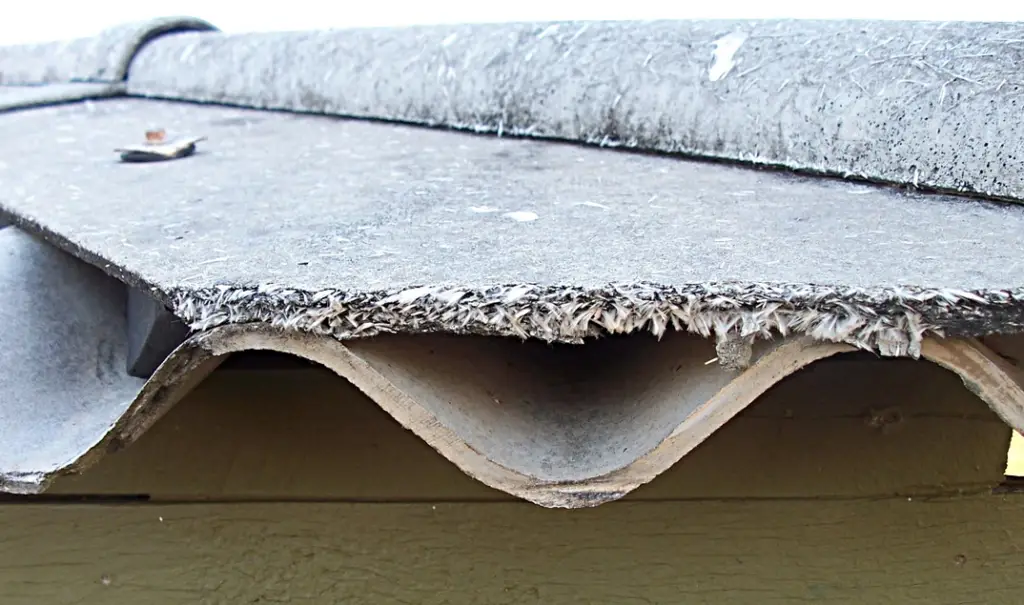
Asbestos was the go-to material for insulation in homes for decades. It was fireproof, durable, and seemed like a miracle solution for keeping homes warm. Unfortunately, what people didn’t know was that its fibers could cause serious lung diseases, including mesothelioma. By the late 1970s, the dangers were undeniable, and asbestos was heavily restricted. Many baby boomers might remember the campaigns to remove it from schools, offices, and homes. It was an unsettling revelation, especially for families who had grown up surrounded by the material.
The banning of asbestos insulation marked a major shift in how we think about household safety. It’s a reminder of the importance of knowing what’s in the walls of our homes and how innovation can sometimes come with unexpected consequences. Today, asbestos removal is a big industry, as many older homes still contain it.
2. Lead-Based Paint
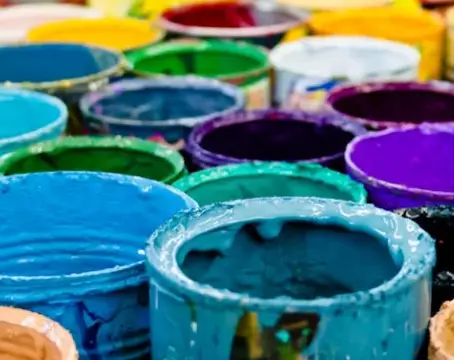
Lead-based paint was once the standard for walls, furniture, and even toys. It created smooth, vibrant colors that stood the test of time. However, it also came with a hidden danger: lead poisoning. When the paint chipped or deteriorated, it released toxic dust that could harm children’s development and health. By the late 1970s, its use in residential homes was outlawed, but countless families had already been exposed.
For many of us, it’s strange to think that something as simple as paint could be harmful. The ban didn’t just protect future generations; it also sparked a wave of home renovations to remove or seal old lead paint. It’s a sobering thought, especially when remembering how many of us played near those colorful walls without a second thought.
3. Aluminum Cookware with Uncoated Interiors
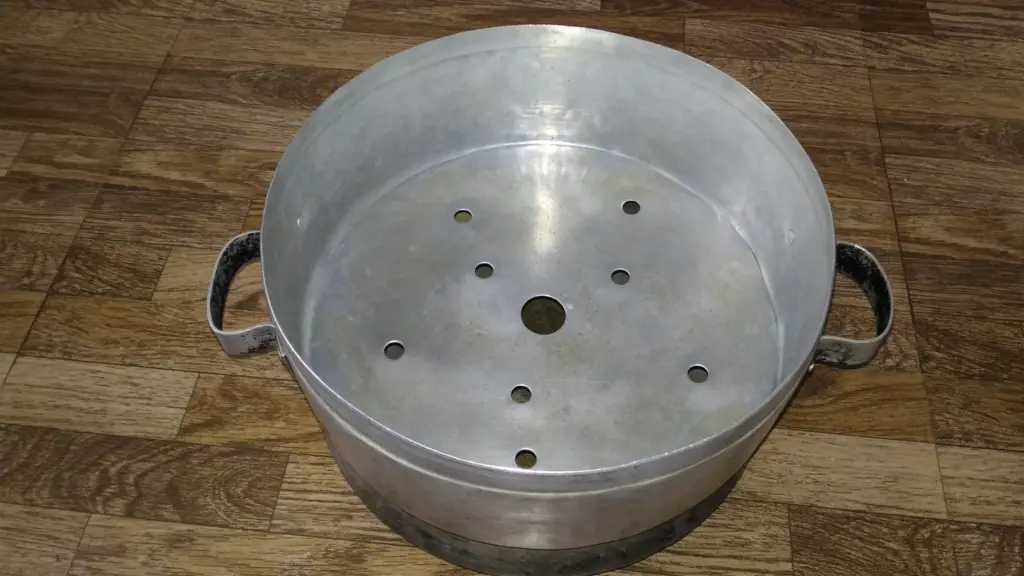
In the 1950s and ’60s, aluminum cookware was a kitchen staple, prized for its lightweight design and even heat distribution. However, uncoated aluminum was found to leach into food, especially when cooking acidic dishes like tomato sauce. Studies raised concerns about potential health risks, including links to Alzheimer’s disease. While the science remains debated, many manufacturers began phasing out uncoated aluminum cookware in favor of anodized or non-stick alternatives.
For those who grew up with these pots and pans, they bring back memories of family meals and bustling kitchens. The gradual disappearance of uncoated aluminum cookware reflects a cautious approach to potential risks, even if the full dangers remain unclear. Today’s cookware might be safer, but it’s hard not to feel a pang of nostalgia for those simple, shiny pans that once ruled the stovetop.
4. Mercury Thermometers

If you had a fever as a kid, chances are your parents reached for a mercury thermometer. These glass tubes filled with shimmering silver liquid were an everyday tool. However, mercury is highly toxic, and if a thermometer broke, it released dangerous vapors. Over time, digital and alcohol-based thermometers replaced them, and by the early 2000s, many states had banned their sale.
It’s hard not to feel a pang of nostalgia for those simple thermometers, especially the little ritual of waiting for the mercury to climb. But considering the risks, it’s clear why they were phased out. Modern alternatives may lack that old-school charm, but they’re a lot safer for everyone.
5. Radium Clocks
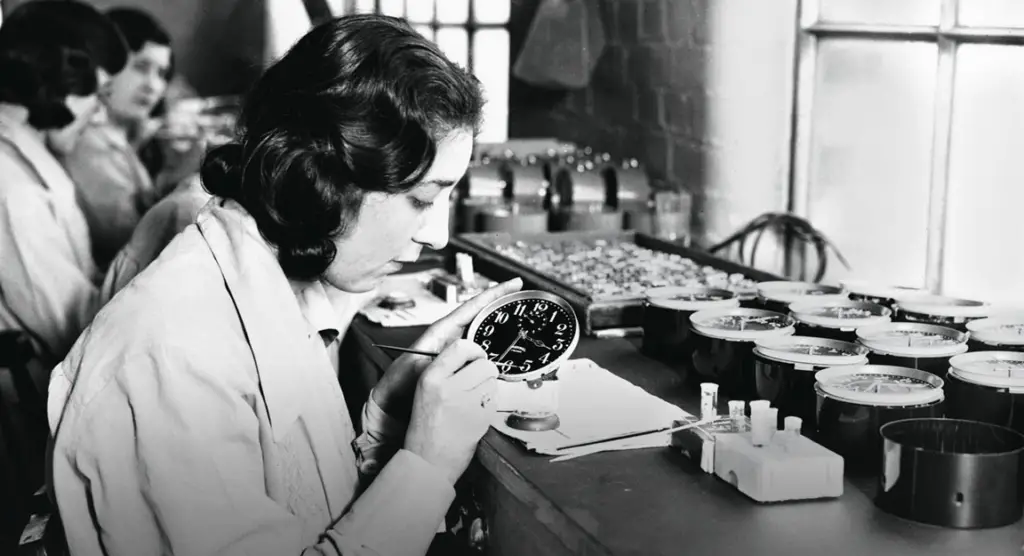
Radium clocks glowed in the dark, making them both practical and fascinating. In the early 20th century, radium paint was seen as cutting-edge technology. Unfortunately, exposure to radium led to severe health problems for workers who painted the dials and even for consumers who kept them in their homes. By the 1960s, the risks were widely acknowledged, and production had largely stopped.
For many boomers, radium clocks are a haunting reminder of how little was understood about radiation at the time. While modern luminous clocks use safer materials, they don’t quite have the same eerie glow. It’s a relic of an era when science and danger often walked hand in hand.
6. Electric Blankets with Exposed Wiring

Electric blankets became a wintertime luxury in the 1950s and ’60s. They were warm, cozy, and downright indulgent. However, older models had exposed wiring and lacked the safety features we rely on today. Overheating, fires, and even electrocutions led to stricter regulations and the phasing out of older designs.
For anyone who grew up with these blankets, the dangers might seem shocking in hindsight. It’s one of those items where modern replacements are clearly superior and their contemporary replacements have safety way higher on its list of priorities. Still, there’s something nostalgic about those chilly nights with an electric blanket humming softly in the background.
7. Pressure-Treated Wood with Arsenic
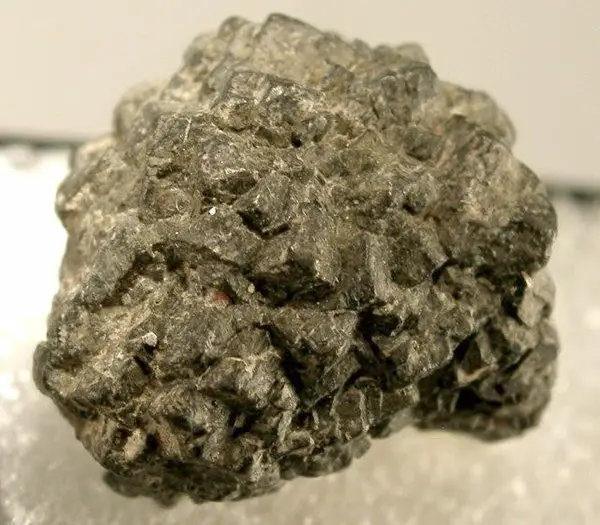
Pressure-treated wood used in decks, playgrounds, and fences often contained chromated copper arsenate (CCA). This chemical preserved wood and protected it from rot, but it also leached arsenic into the soil and surfaces it touched. By the early 2000s, its use in residential settings was banned, though older structures still remain.
For many boomers, backyard playsets made from pressure-treated wood were a childhood staple. Learning that those materials could be toxic adds an unsettling layer to those memories. The shift to safer alternatives highlights the ongoing effort to balance durability with health concerns.
8. Non-Stick Cookware with PFOA
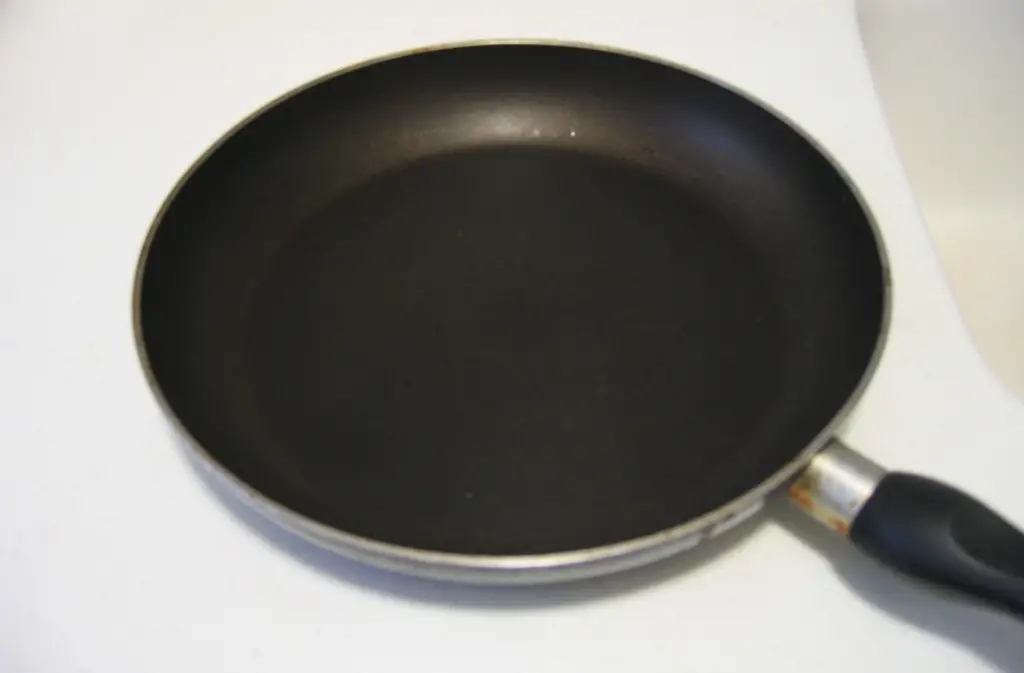
Teflon and other non-stick cookware revolutionized kitchens in the mid-20th century. But for decades, these items were manufactured with perfluorooctanoic acid (PFOA), a chemical linked to environmental and health issues. By the early 2000s, regulations had forced manufacturers to eliminate PFOA from their products.
The convenience of non-stick pans made them a beloved part of cooking. However, learning about the potential risks of their production reminds us of the trade-offs we sometimes make for ease. Today’s cookware is safer, but it’s hard not to miss those first-generation pans that made flipping pancakes a breeze.
9. CFC Aerosol Sprays
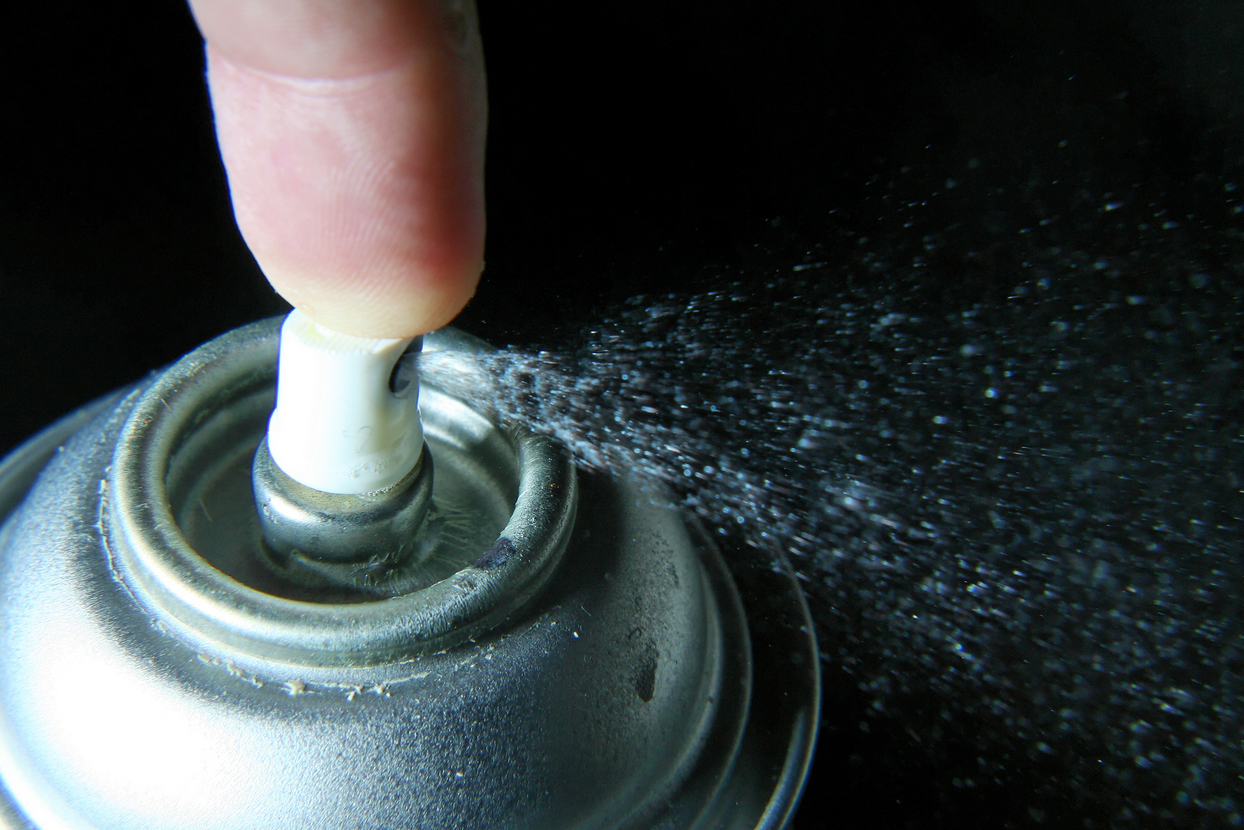
Hairspray, deodorant, bug repellents—if it came in an aerosol can, chances are it contained chlorofluorocarbons (CFCs). These chemicals were discovered to deplete the ozone layer, leading to an international phase-out beginning in the late 1980s. The shift marked a global effort to address environmental concerns.
For anyone who grew up with CFC sprays, the ban was a wake-up call about how everyday products can have far-reaching impacts. It’s a testament to the power of collective action and a reminder of how our habits shape the world around us.
10. Polyurethane Foam with PBDEs
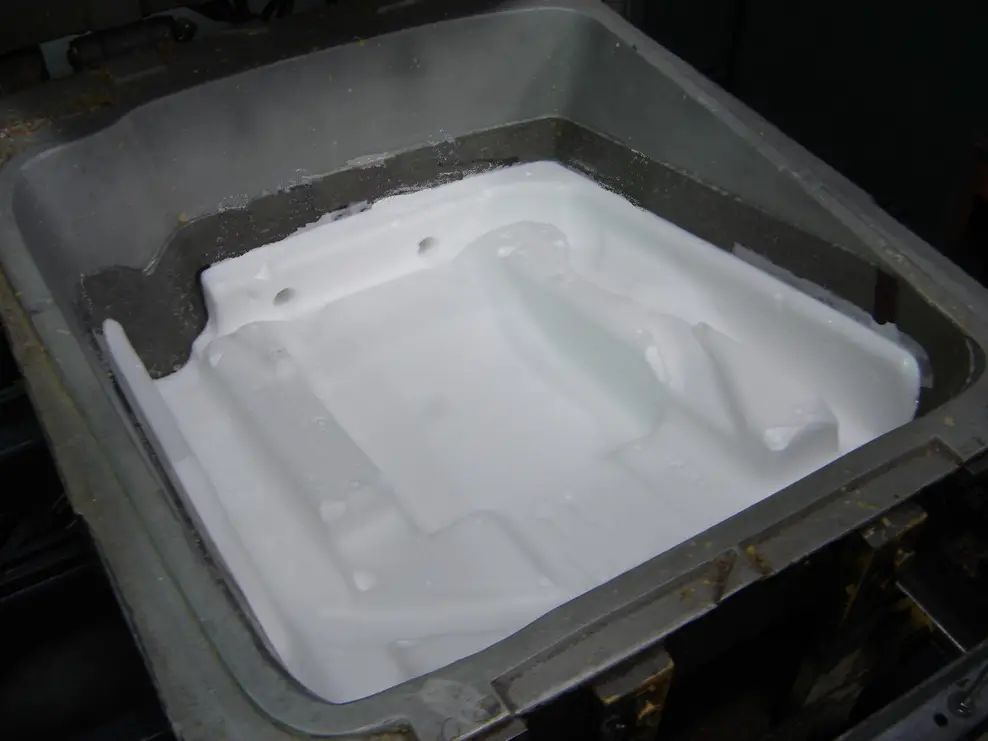
Household furniture in the 1970s and ’80s often contained polyurethane foam treated with polybrominated diphenyl ethers (PBDEs). These flame retardants were meant to improve fire safety, but they also posed health risks due to their ability to accumulate in the body and environment. Regulations in the 2000s phased out PBDEs in favor of safer alternatives.
Many of us spent countless hours lounging on furniture filled with this foam, completely unaware of its potential risks. The ban reflects a growing understanding of chemical safety and its impact on health, even in something as ordinary as a couch cushion.
The items on this list remind us that not everything from the past was as harmless as it seemed. From insulation to cookware, these household staples reflect a time when safety standards weren’t as stringent as they are today. For baby boomers, it’s a humbling look back at how much we’ve learned and adapted. It’s a good reminder that while nostalgia is sweet, progress often saves lives.


